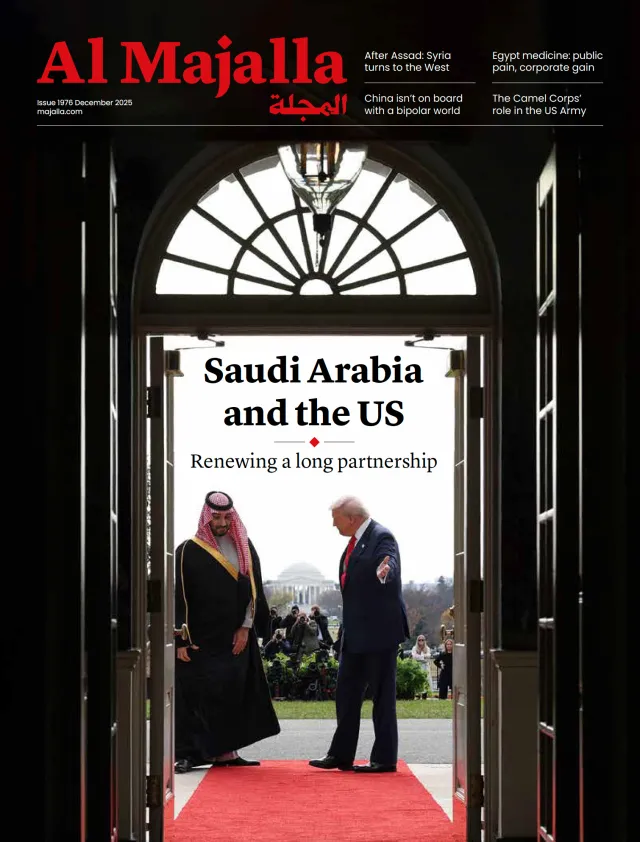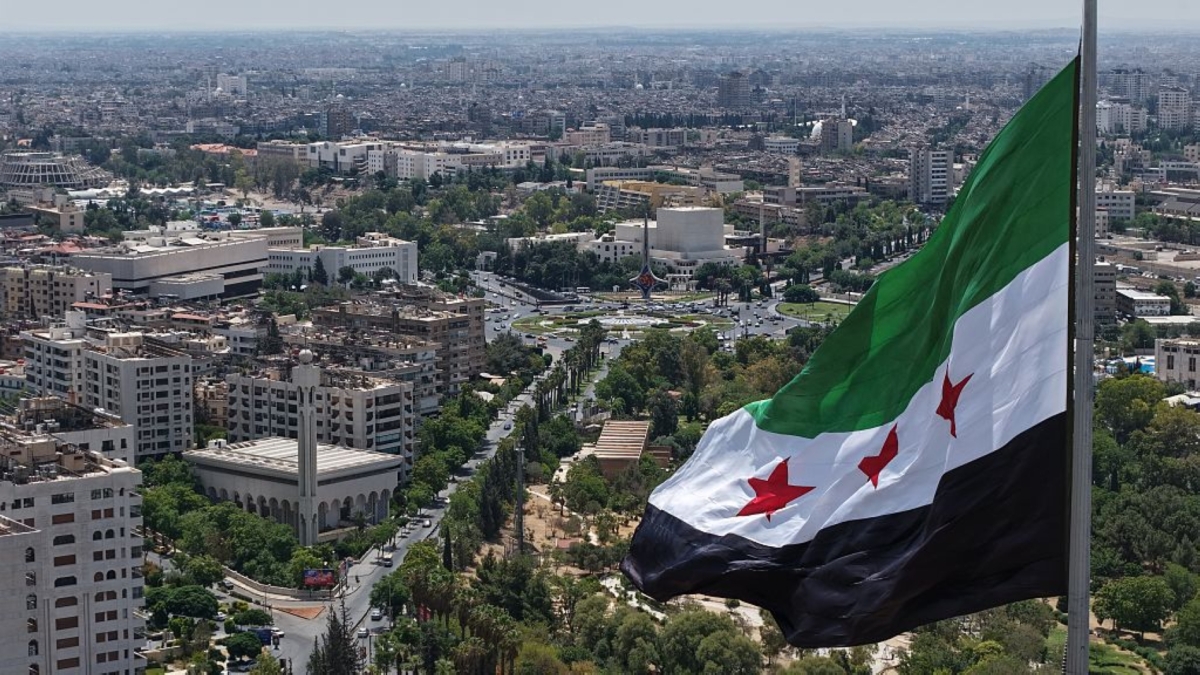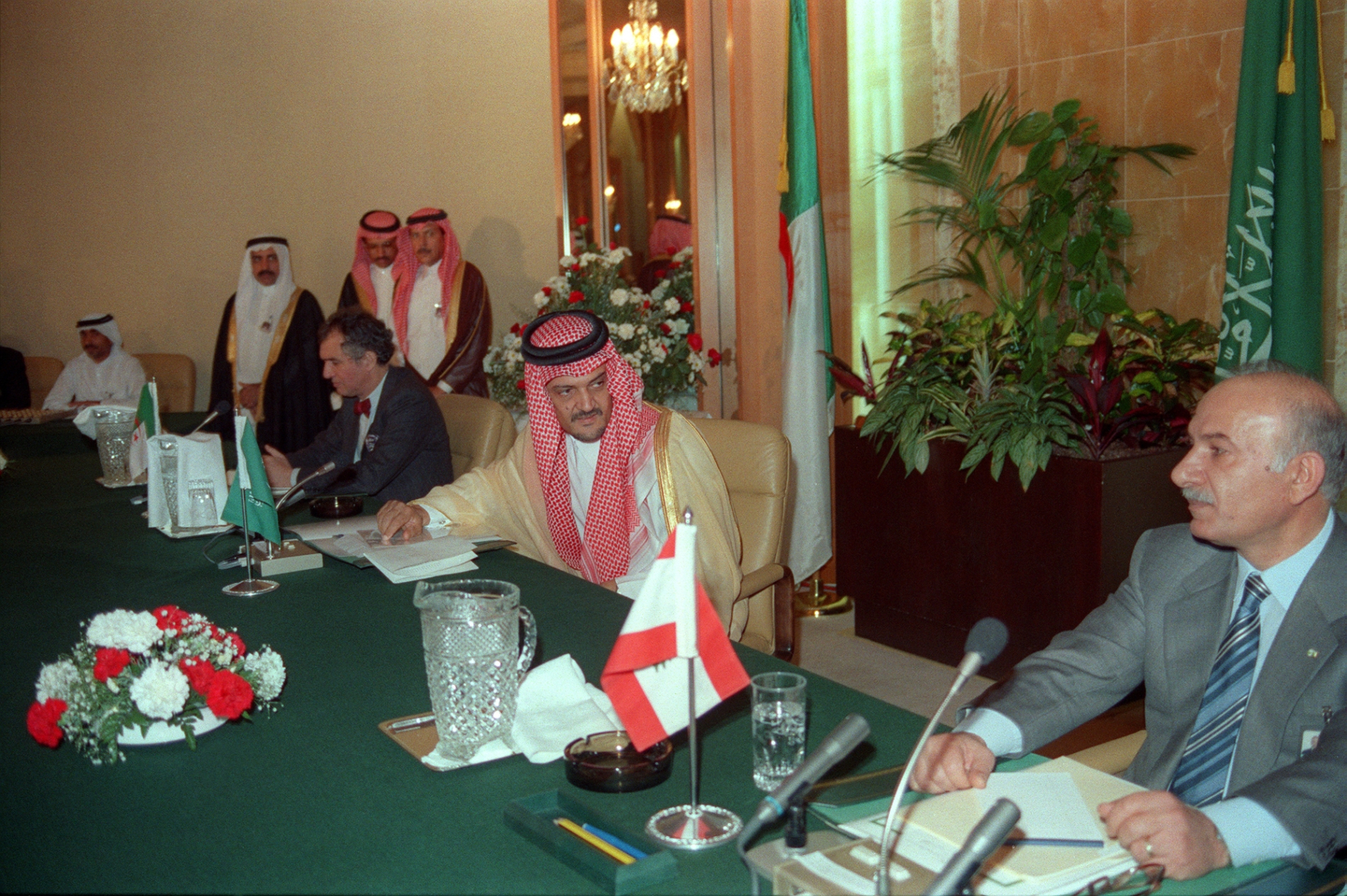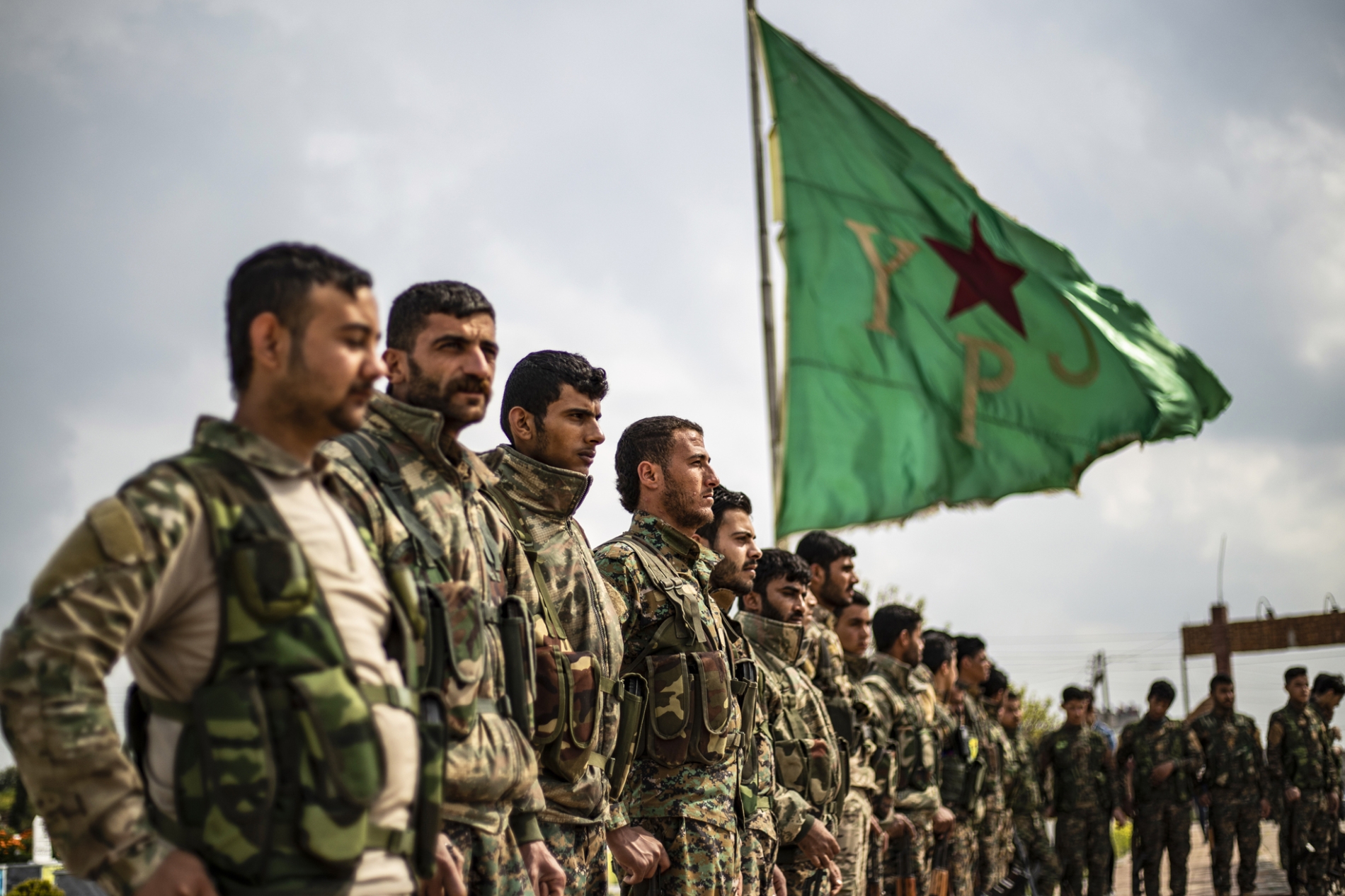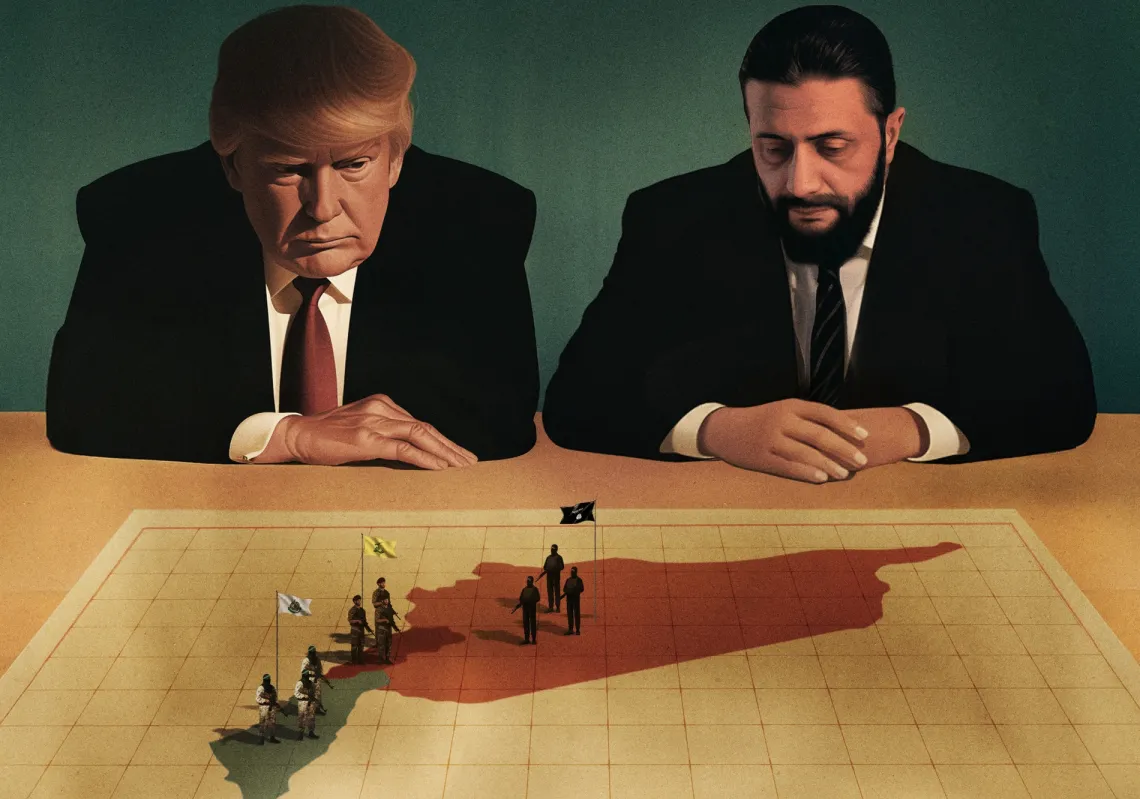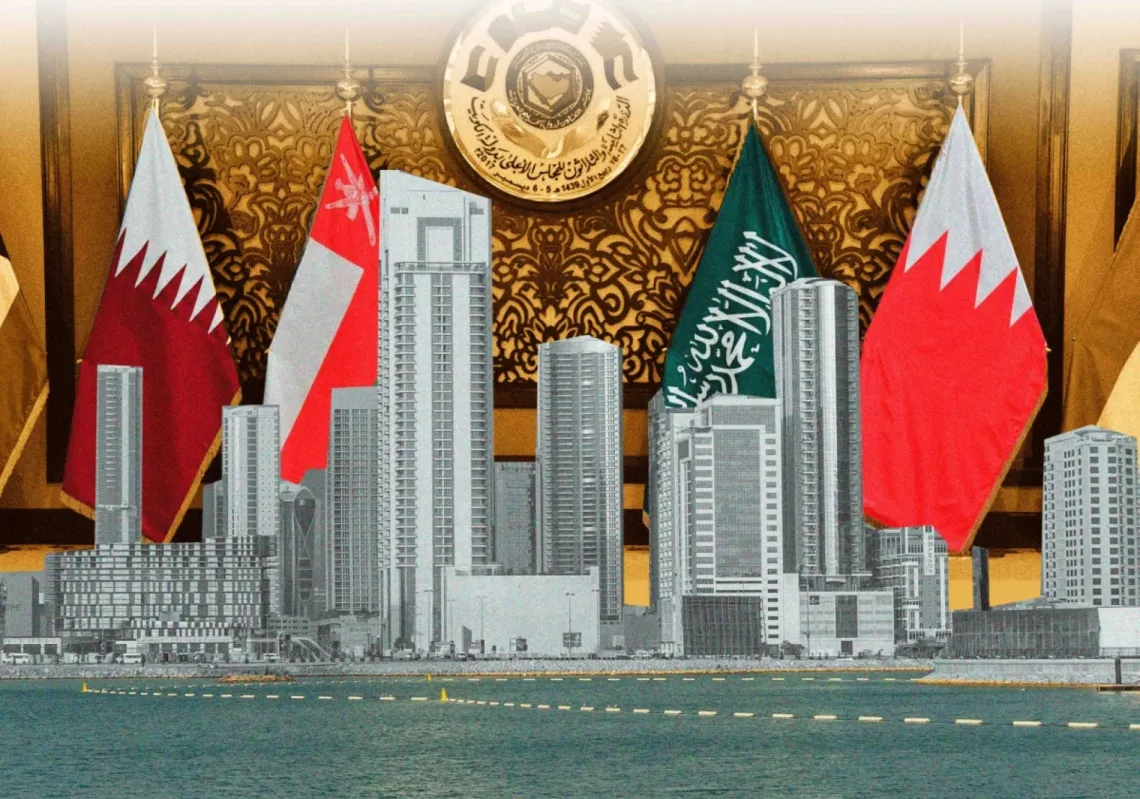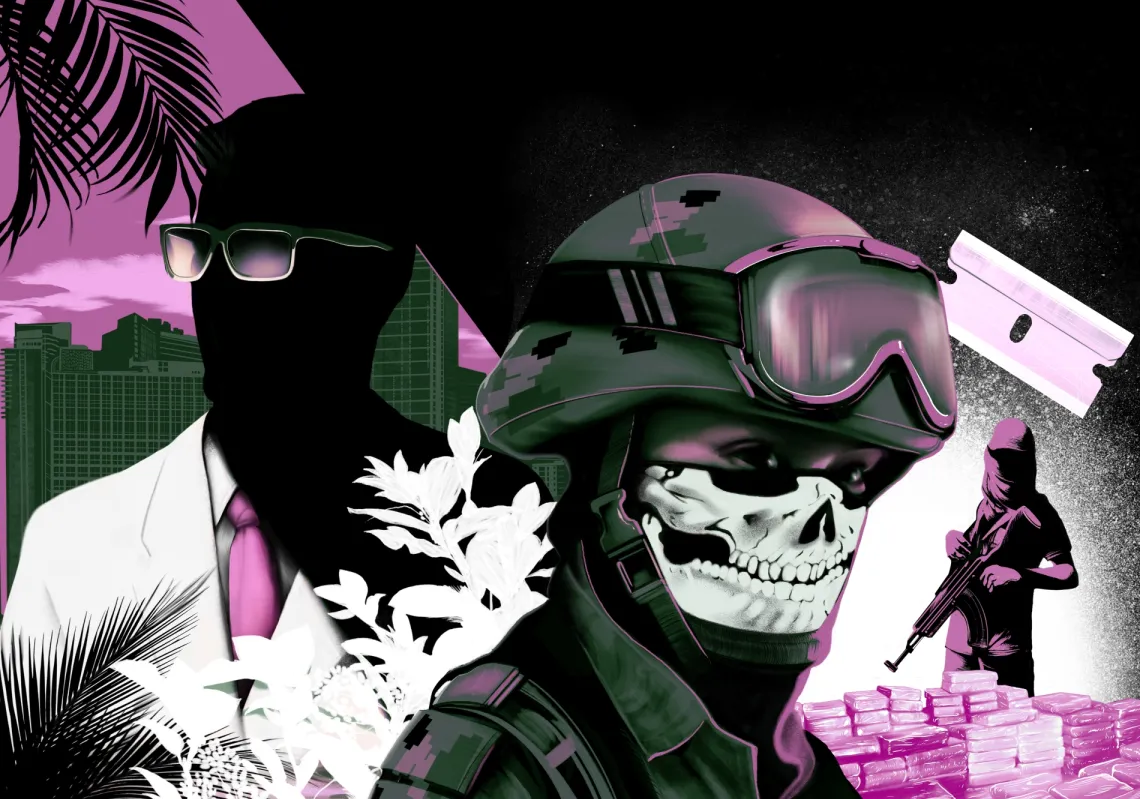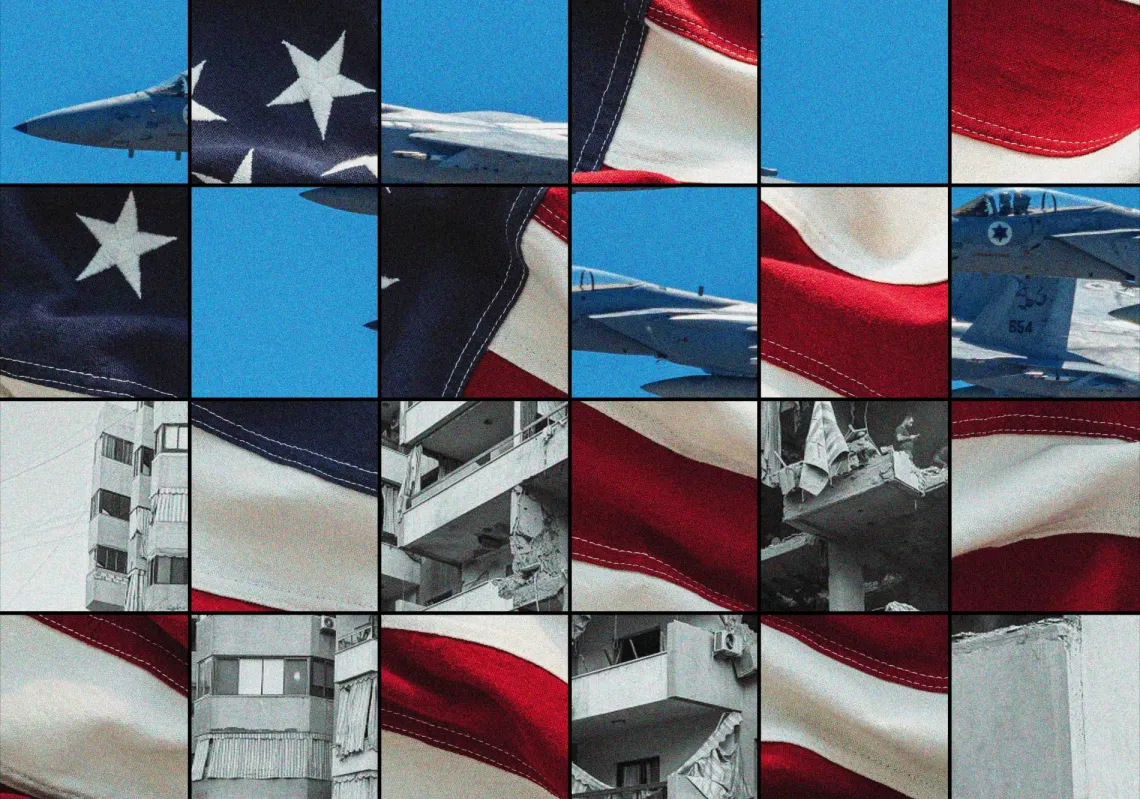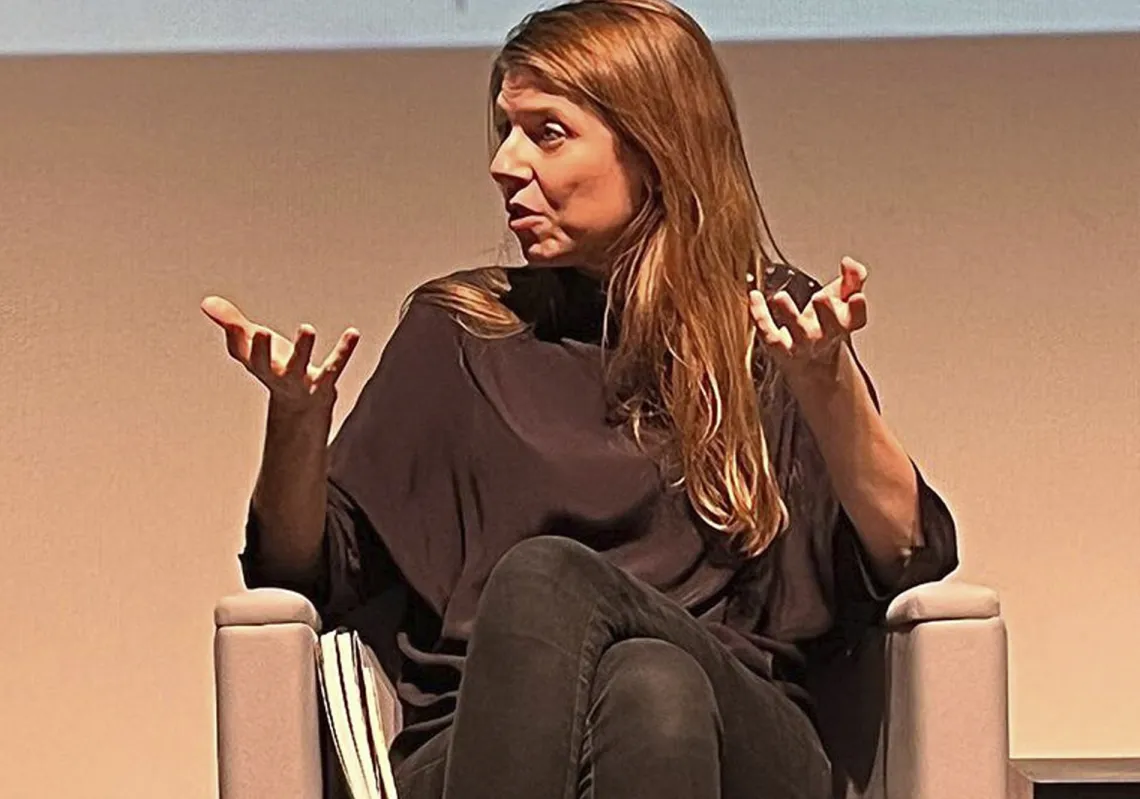In 1989, the warring parties in Lebanon’s 14-year civil war agreed to end the fighting and settled on a system that allocated elements of power to each sectarian or religious ‘group’ within the fractured country. Negotiated in Taif, Saudi Arabia, it became known as the Taif Agreement and laid down general principles and key political reforms, including the so-called quota-based partnership.
Beyond that, it restored Lebanese sovereignty over all its territory after ending the presence of domestic and foreign militias and armed factions, resolved the issue of the displaced and affirmed the right to safe return, and ensured normal relations between Lebanon and Syria, including a planned Syrian military withdrawal within two years.
Naturally, solutions achieve their full effect only when there is complete alignment between intent and outcome, so in Lebanon, disputes did not disappear, and it took Syria’s military 15 years to withdraw—and only due to external pressure. In actuality, the most striking feature of the Lebanese Taif Agreement was its intellectual dimension and the model of governance it introduced.
Finding middle ground
It was Taif that first introduced the phrase “expanded administrative decentralisation”. Some have likened it to taking a position between two positions. In essence, it was a political and administrative middle ground. Given the situation in Syria, some now wonder whether something similar could apply there. As an official in the Autonomous Administration of North and East Syria (AANES), it is natural that I have views here.
The bloc opposed to former Syrian President Bashar al-Assad consistently rejected foreign intervention in Syria. Those warning against this included the Democratic Union Party—one of the political components of the AANES—yet such foreign involvement in Syria has not been entirely negative.

